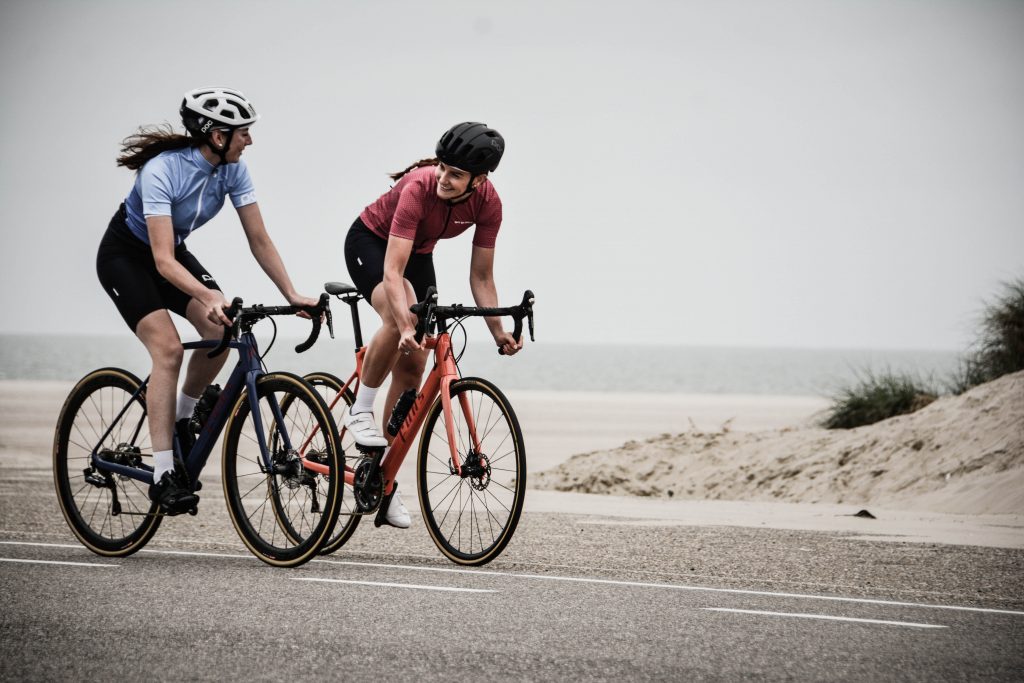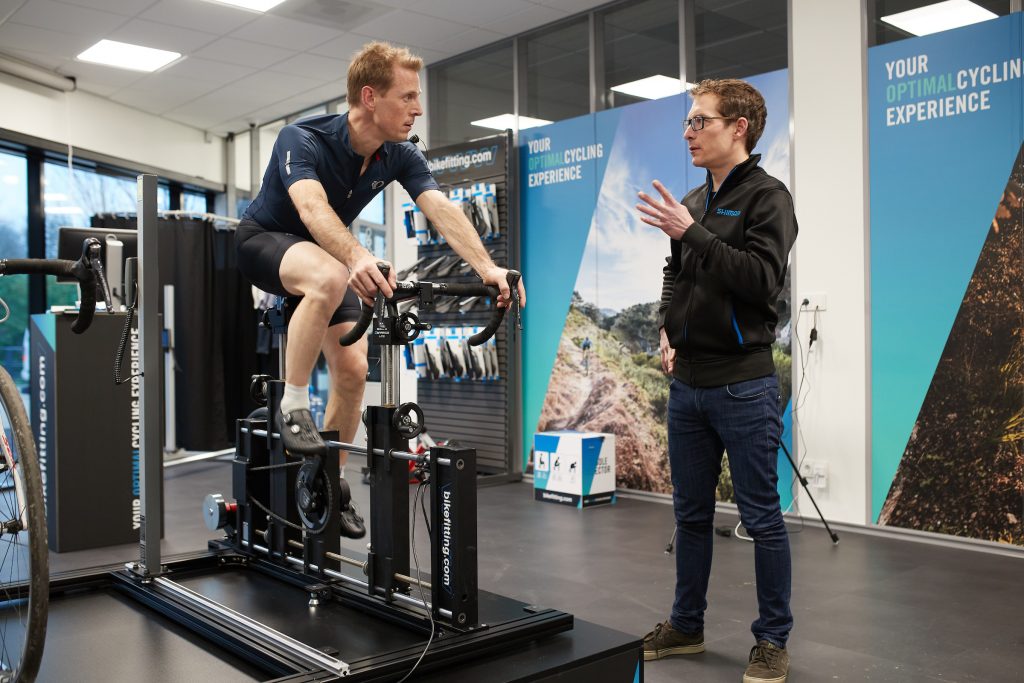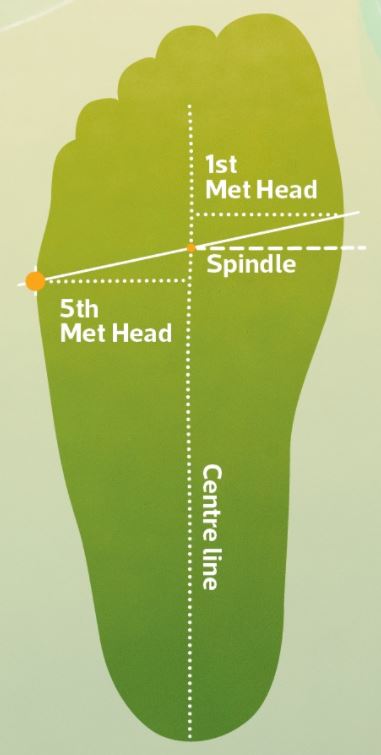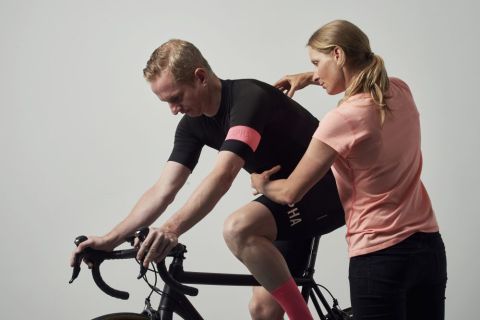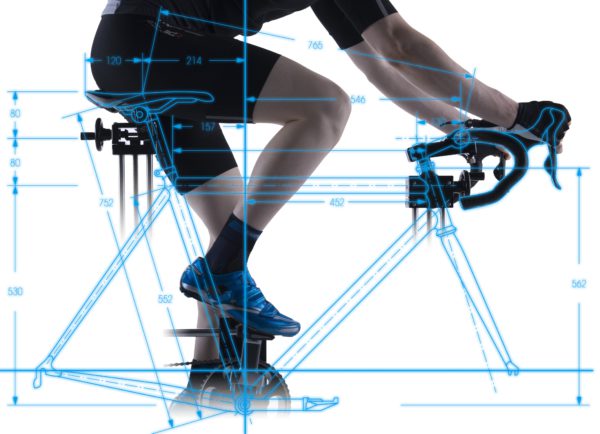Over the last 2 years, we’ve seen a record surge in cycling in response to the pandemic. Whether it’s the heightened anxiety over public transportation or an outlet for an easy way to exercise, the pandemic has ultimately led to a “bike boom”.
If you’re a novice cyclist, pay attention to your riding posture. Wrong riding posture can take a toll on your body, causing a variety of cycling-related injuries. Here are some common injuries and how you can prevent them!
Lower Back Pain
One of the most common cycling injury is pain or stiffness in the lower back. This could be attributed to the prolonged forward bending posture while riding.
To prevent or reduce stiffness:
- Check your bike fit. A saddle that’s too high causes unnatural hip movements when you’re pedaling, leading to lower back strains. On the other hand, a handlebar that’s too far away causes you to stretch forward, straining your lumbar over time. A proper bike fit can enhance your power output and comfort level while riding. Click here to learn more about bike fitting.
- Strengthen your hip flexors and core. During pedaling, your core stabilizes the pelvis. Hence, a weak core forces your lower back to compensate, leading to injuries in the long run. By strengthening your core, forward bending postures will be more tolerable, improving your riding comfort over time.
Numbness in Fingers/Toes
Another common complaint amongst cyclists is numbness in fingers and/or toes after riding. This could be mainly attributed to two main causes. Pinched nerves and lack of blood circulation.
To prevent numbness in toes:
- Ensure your shoes are not too tight or narrow
- Ensure proper cleat placement – namely the angle and fore-aft position of the cleat. As recommended by bikefitting.com, you can align the center of your cleat with the middle point of your 1st and 5th metatarsal (as seen from the image below).
To prevent numbness in fingers:
- Change your hand position. Frequent switching of hand position alleviates and avoid numbness during longer rides.
- Avoid gripping the handlebar too tightly, cutting off blood circulation.
- Invest in a padded gloves to reduce vibration while riding. Click here to learn more about Shimano’s latest cycling gloves.
Shoulder Pain
Many cyclists suffer from shoulder and/or neck pain to some degree, even more so during longer rides. This is mainly caused by putting too much pressure on the hands while riding with straight, locked elbows.
To prevent shoulder pain:
- Choose a handlebar that aligns with your shoulder width. A handlebar that is too wide or narrow causes you to ride in an awkward posture, straining on your neck and shoulder blades.
- Flex your elbows slightly to absorb ‘road shocks’ transferring onto your upper body.
Knee Pain
Knee problems can be attributed to an array of causes – differences in leg length and muscular strength, overexertion in cycling load and most common of all, improper bike fit.
To prevent knee pain:
- A saddle that is too high/low causes immense stress on the knees. An almost straightened knee (with a slight bent) is ideal.
- Overexertion by pedaling in heavy gears for an extended period stresses your knee joints. Try to mix between heavy and light gears while riding.
Even though some effort will be required, cycling should generally be comfortable and pain free! Some of the common annoyances can often be resolved with a better bike fit. Looking to get your bike professionally fitted? Get in contact with any one of our bikefitters today!

